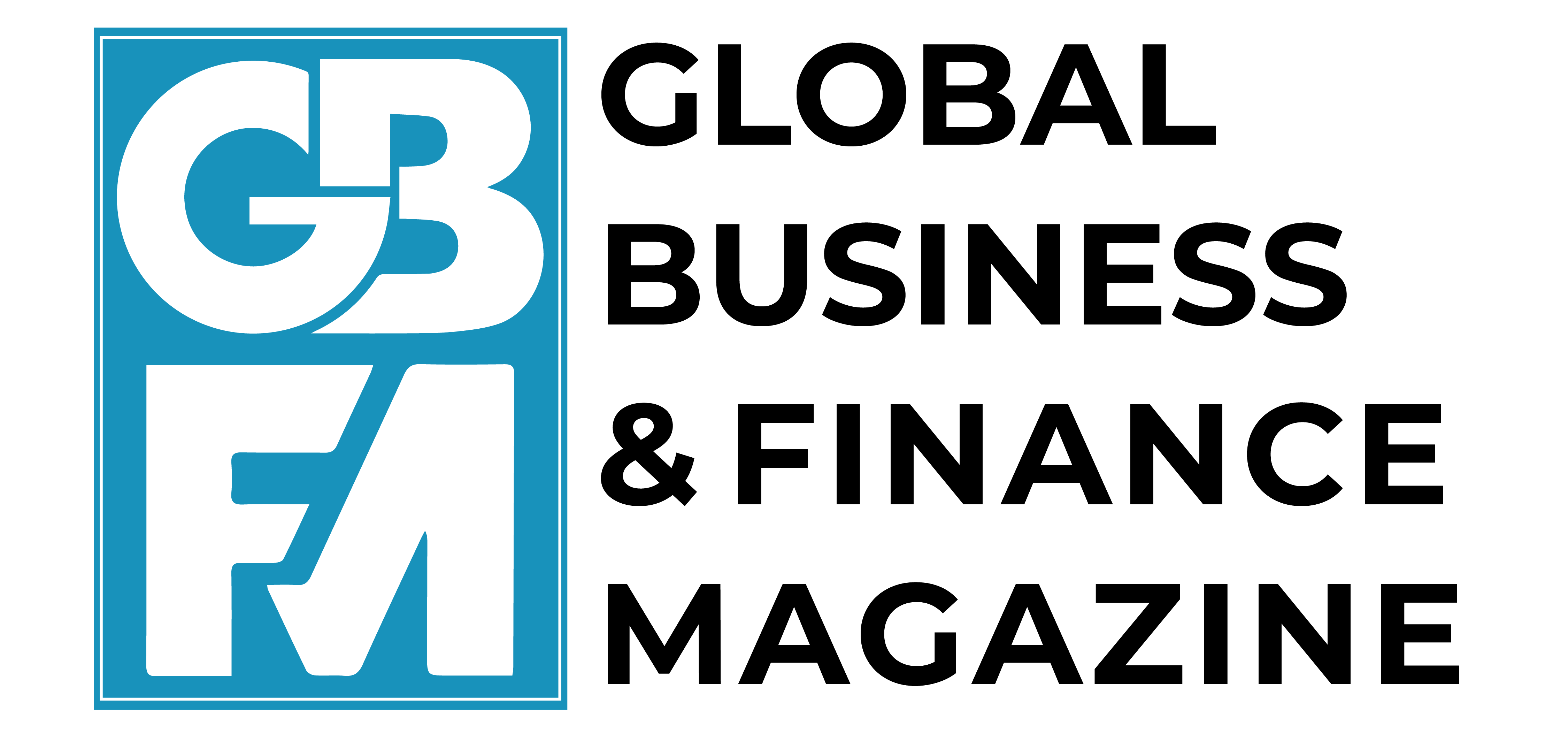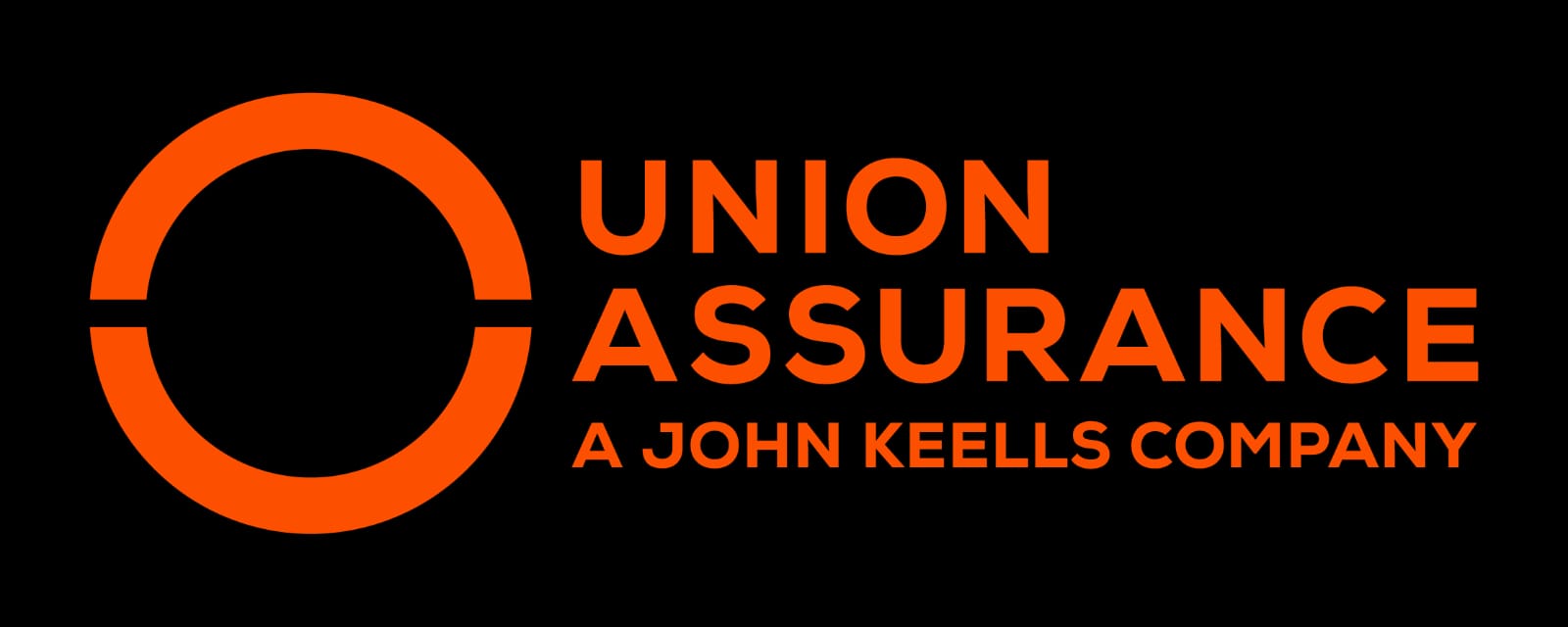Since the 1970s, banking regulators have worked to set minimum standards for internationally active banks. The latest agreement, Basel III, was introduced following the 2008 financial crisis, but only partially adopted by the US in 2013. This column discusses the final set of rules (‘Basel endgame’) and their potential implications for the US economy and financial system. It argues that the US should, at a minimum, implement international standards in a capital-neutral manner to preserve decades of global regulatory cooperation. Raising capital requirements is also highly desirable but can be left for future consideration.
The failure of three major US banks in 2023 refocused attention on an esoteric but crucial regulatory debate: should the US implement international banking standards? The answer could help determine whether US banks can compete globally, and whether international cooperation in banking regulation survives.
Since the 1970s, banking regulators have worked together through the Basel Committee on Banking Supervision to set minimum standards for internationally active banks. The latest agreement, known as Basel III, came in the aftermath of the 2008 financial crisis. The US adopted the initial Basel III rules in 2013. A decade later, US regulators proposed the ‘Basel Endgame’ to implement the final rules agreed in 2017 and 2019.
The 2023 Basel Endgame proposal included a nearly 20% increase in capital requirements for the largest banks. The banking industry fiercely opposed the initiative, effectively killing it in its original form. As of this writing, the fundamental question of how or whether the US will implement the final Basel III standards remains unresolved (for a more detailed account, see Cecchetti et al. 2025). This is not just a technical regulatory matter. The outcome will affect credit availability, economic growth, and financial stability — while determining whether the US maintains its leadership in international financial standard-setting.
In our view, the Basel Endgame proposal unnecessarily conflated two distinct questions: (1) whether the US should comply with international regulatory standards, and (2) whether the US should raise large banks’ capital requirements. While there are strong grounds to answer both questions in the affirmative, they need not be addressed together. That is, the US could implement the final Basel III standards without raising overall capital requirements.
The debate over Basel Endgame
Supporters and opponents of the Basel Endgame clashed over numerous complex issues: how to evaluate the riskiness of various assets banks hold, how to calibrate the risk from trading activities, the level of capital buffers a bank should have to guard against operational failures, and more. At its core, however, the controversy centred on the optimal level of bank capital requirements, the effects of increasing existing requirements on lending and market-making, and the structure of the global financial system.
Critics of Basel Endgame maintained that US capital requirements are already high, so raising them even modestly would constrain the supply of credit, hampering economic growth (see, for example, Bank Policy Institute 2023). In contrast, Basel Endgame supporters cited evidence that increasing bank capital requirements would enhance bank safety in a manner that is unlikely to limit lending or market-making significantly.
Even more broadly, the Basel Endgame debate concerned the role of US banks in the global financial system. Opponents worried that the changes would drive financial activity abroad (Kroszner 2024). Supporters countered that, since robust capitalisation makes the domestic financial system strong and resilient, higher capital requirements can be a competitive advantage. Indeed, despite US ‘gold-plating’ of the initial Basel III rules, large US banks’ return on equity has significantly and persistently exceeded that of large European banks.
The Basel Endgame debate also exposed diverging views about the provision of financial services. Critics alleged that increasing large-bank capital requirements would shift financial activity (including market making) to non-banks. However, as Basel Endgame supporters highlighted, from 2011 to 2016 banks increased their share of credit provision to the nonfinancial sector (Cecchetti and Schoenholtz 2020). They also argued that well-capitalised intermediaries buttress financial market resilience, and they do so without adverse impact on the availability of credit (Cecchetti and Schoenholtz 2015).
The path forward
The Basel Endgame proposal faced an uphill battle from the outset. By mid-2024, Federal Reserve Chair Powell (2024) and Vice Chair Barr (2024) promised Congress that the agencies would essentially start over. However, the process then appears to have stalled. And in January 2025, the new US Administration issued a ‘regulatory freeze’ (White House 2025).
Policymakers now face two decisions: Should the US adopt capital rules that comply with Basel III? And should regulators raise capital requirements on large banks? Although the Basel Endgame proposal conflated these two issues, they are in fact separable.
The case for US compliance with the final Basel III standards
If implementing Basel III standards would increase US capital requirements, regulators could make offsetting adjustments elsewhere in the capital framework to maintain current levels. Such a capital-neutral implementation of the Basel Endgame proposal would allow the US to comply with international standards while minimising perceived costs to banks and preserving the benefits of global regulatory cooperation.
Importantly, there are high potential costs to non-compliance. While Basel standards lack a formal enforcement mechanism, policymakers can employ a ‘name and shame’ process to pressure non-compliant jurisdictions. In addition, individual jurisdictions can take punitive actions against internationally active banks from countries that do not comply with Basel standards. Some European lawmakers have already suggested that the EU should take steps to penalise American banks if the US does not implement the Basel reforms (Wilkes 2025). Such punitive treatment could significantly impair the ability of US banks to compete abroad.
Furthermore, if US authorities ultimately choose not to comply with the Basel framework, then foreign jurisdictions will also have far less incentive to achieve or maintain compliance. The UK has yet to implement its final rules on credit, market and operational risk, while the European Central Bank and the Bank of England have delayed their Basel III implementation, citing US inaction (Bank of England 2025, Jones 2024, and Canepa et al. 2025). The potential unravelling of Basel standards could generate a regulatory race-to-the-bottom, increasing the risk of future financial crises.
The case for higher US capital requirements for large banks
Implementing the final Basel III standards in a capital-neutral way would ensure continued US compliance with international norms, but it would sidestep another question: Are current US bank capital levels sufficient? The academic literature on the optimal level of bank capital requirements offers far too wide a range of answers to settle this issue. And US regulators recently proposed to reduce capital requirements on the largest banks (Office of the Comptroller of the Currency et al. 2025).
Nevertheless, there are reasons to believe that if US policymakers choose to fulfil the Basel III requirements in a capital-neutral way, or if they lower requirements further, capital levels in the largest banks would be too low. We highlight four.
First, as we show in Figure 1, the average leverage ratio of US global systemically important banks declined from a 2016 peak of 9% to about 7% in 2023 and has remained there. To be sure, risk-weighted capital ratios did not decline. However, the widening gap between these two capital ratios – mostly before the pandemic rise in holdings of default-free assets – suggests that large banks were learning to increase risk exposure by exploiting the structure of the risk-weighting scheme. Thus, increasing capital requirements would help reverse the backsliding in large banks’ capital standards.
Figure 1 Capital ratios for large banks (quarterly or semi-annually), June 2002-December 2024


Notes: ‘Leverage Ratio: US GSIBs’ is the Tier 1 leverage ratio for the eight US banks designated as global systemically important banks. The ‘Risk-weighted capital ratio: 12 large banks in the Americas’ is the common equity tier 1 ratio for the consistent sample of 12 Category 1 banks in the Americas. Category 1 banks include, but are not limited to, the global systemically important banks. Shaded areas denote NBER-dated recessions. The fact that the two lines cross is a consequence of differences in the samples of banks.
Sources: The source for the Leverage Ratio is Pellerin (2025, Chart 1). The source for the Risk-weighted capital ratio is Graph 17 in the Basel III Monitoring Report by the Basel Committee on Banking Supervision (2024). Banks’ risk-weighted capital ratios are not available prior to 2012 because banks were not required to calculate their capital under Basel III standards before then. This sample of 12 banks likely includes a few banks from Canada and Brazil. However, it is the only consistent measure of risk-weighted capital ratios available over this full period.
Second, the evidence shows that higher capital requirements do not harm economic growth. Indeed, while US banks significantly increased capital levels from 2009-2016, they simultaneously expanded lending to non-bank financial firms (Cecchetti and Schoenholtz 2020). Meanwhile, since at least 2015, relatively well-capitalised US banks have consistently outperformed their European peers, delivering higher returns on equity despite higher capital requirements.
Third, when banks are short of capital, their clients tend to suffer. Banks with insufficient capital buffers may engage in some combination of the following undesirable activities:
- They could withdraw from lending and market-making, increasing their capital ratio by shrinking their balance sheet rather than issuing more equity to investors.
- They could extend the maturity of existing loans to low-quality borrowers (‘zombie firms’) to avoid recognising losses on their capital-scarce balance sheets (for example, Acharya et al. 2022).
- They may ‘gamble for resurrection’, taking greater risks.
Conversely, healthy banks have a greater capacity to lend and to make markets in recessions, as well as to acknowledge non-performing loans in a timely way. In troubled times, the robust reputation of well-capitalised banks makes them especially attractive to clients. Their skin in the game also generates an incentive to lend to high-quality borrowers. Overall, banks with high levels of capital funding support economic stability, acting as a source of funds during downturns and episodes of financial turmoil.
Fourth, and closely related to the previous point, there is a link between capital shortfalls in the banking system and extended periods of economic stagnation (such as Japan in the 1990s). Conversely, we know of no links between episodes of stable, robust bank capitalisation and periods of economic stagnation.
Conclusion
The US faces a defining moment for both bank capital regulation and international financial cooperation. The choices made now will affect both global financial stability and the ability of US banks to compete internationally for some time to come. Against this background, the evidence strongly supports both raising capital requirements and implementing the Basel III standards.
But these decisions are separable. At a minimum, the US should implement international standards in a capital-neutral manner to preserve decades of global regulatory cooperation, leaving the question of raising capital requirements for future consideration.
Source : VOXeu



































































